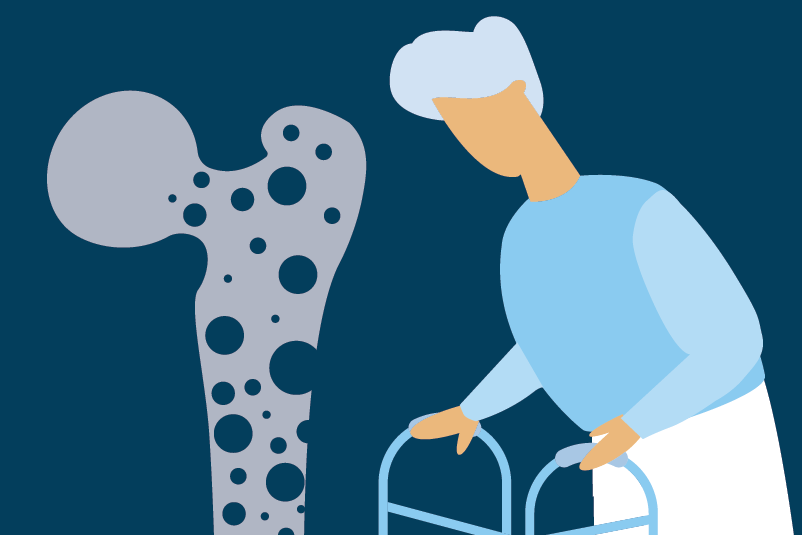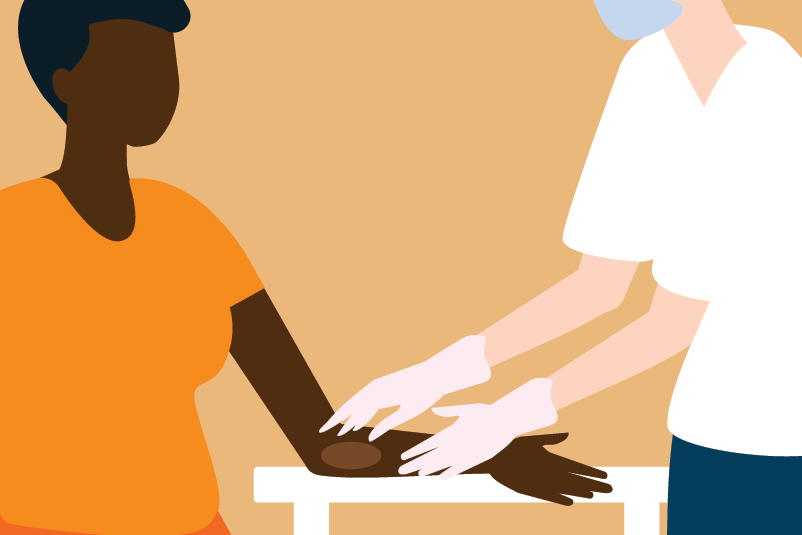#345 Fancy Creams for Scaly Skin: Topical calcineurin inhibitors for atopic dermatitis

Reading Tools for Practice Article can earn you MainPro+ Credits
Join NowAlready a CFPCLearn Member? Log in
- Results statistically different unless stated.
- 4 systematic reviews with meta-analyses in past 10 years.1-4
- Versus vehicle/low potency topical corticosteroids:
- Tacrolimus 0.1% (2 RCTs, 460 patients) improved atopic dermatitis for 48-67% versus 16-38% with vehicle/hydrocortisone acetate 1%, number needed to treat (NNT)=3-4 at 3 weeks.5-6
- Other RCT showed similar.7
- Pimecrolimus 1% (meta-analysis: 8 RCTs, 2298 patients) improved atopic dermatitis for 44% versus 22% with vehicle, NNT=5 at 6 weeks.1
- Tacrolimus 0.1% (2 RCTs, 460 patients) improved atopic dermatitis for 48-67% versus 16-38% with vehicle/hydrocortisone acetate 1%, number needed to treat (NNT)=3-4 at 3 weeks.5-6
- Versus moderate/high potency topical corticosteroids:
- Tacrolimus 0.1% in:
- 2 RCTs (1540 patients) improved atopic dermatitis for 73-93% versus 52-88% for corticosteroids at 3-12 weeks.8,9 Other RCT showed similar.10
- 4 RCTs (513 patients) found no difference at 2 weeks-11 months.11-14
- Pimecrolimus 1% in:
- 1 RCT (2418 patients) found no difference at 3 weeks.15
- 2 RCTs (745 patients) improved atopic dermatitis for 37-53% versus 68-88% with corticosteroids at 3 weeks. Corticosteroids superior, NNT=3-4.16,17
- Tacrolimus 0.1% in:
- Tacrolimus 0.1% versus Pimecrolimus 1%:
- Meta-analysis (3 RCTs, 543 patients),2 good response: 35% tacrolimus versus 19% pimecrolimus at 2-6 weeks, NNT=7.
- Network meta-analysis: No difference.18
- Adverse effects calcineurin inhibitors versus topical corticosteroids (3-52 weeks):2
- Skin burning: 30% versus 9%, number needed to harm=4.
- Skin atrophy: 0% versus 0.8%, not significant.
- Limitations: Most RCTs funded by manufacturers.2
- Tacrolimus 0.1% superior to tacrolimus 0.03% with similar side effects.2
- Pimecrolimus 1% (cream) approved for patients >3 months old,19 tacrolimus 0.1% (ointment) for patients>15 years old.20
- Application site reactions (skin burning, pruritus): Usually transient. Example, tacrolimus 0.1% skin burning: 51% (week 1), 17% (week 2), 7% (month 6).8
- Inconsistent association between calcineurin inhibitors and lymphoma.21-23
- Health Canada warning removed 2021.24
- Cost (30 grams):25 Tacrolimus 0.1% ~$103, betamethasone valerate 0.1% ~$13.







Expensive to steroid spare
good to know that S/Es decrease over time
Ditto Thomas’ comment above. Will add – effective but expensive steroid spare